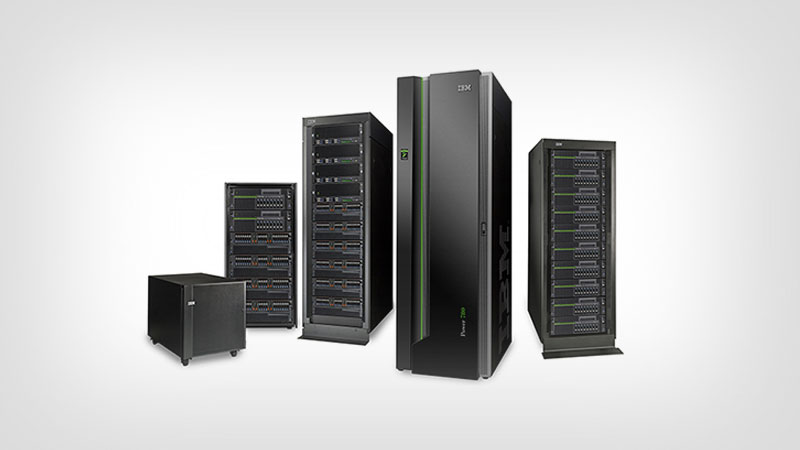In the ever-advancing world of technology, change is the only constant. The latest chapter in this evolution is the IBM Power8 end of life a significant milestone in the journey of IBM’s Power8 architecture. In this article we’ll dive into the details of what the IBM Power8 end of life means the implications, and what you need to know as you navigate this transition.
Understanding IBM Power8 End of Life
Understanding IBM Power8 End of Life is essential in the world of technology. It signifies the conclusion of an era marked by robust computing capabilities. As IBM Power8 approaches its end of life it means that IBM will gradually phase out support, including security updates and patches for this architecture. This shift is not just about the hardware it’s about staying secure, compliant and technologically relevant. By comprehending the implications and taking proactive steps, businesses can smoothly transition to newer IBM systems ensuring their operations continue to run efficiently and securely.
IBM Power8: A Legacy of Power
BM Power8 stands as a testament to the legacy of power that has defined IBM’s architecture for years. This powerful and reliable system has been at the core of businesses industries, and enterprises driving mission-critical operations with unmatched performance and dependability. As IBM Power8 approaches its end of life it’s worth reflecting on the impressive legacy it leaves behind, a legacy marked by innovation, scalability, and a commitment to meeting the evolving needs of the business world. While its end may be near, the impact of IBM Power8 will resonate in the world of technology for years to come.

Implications of IBM Power8 End of Life
The implications of IBM Power8 End of Life are multifaceted and it’s crucial to grasp them for effective planning and decision-making in the world of information technology. Here’s a breakdown of what the end of life for IBM Power8 entails
- Security and Compliance Concerns:
As IBM phases out support for Power8 it could mean the end of security updates and patches for the architecture. This leaves systems vulnerable to emerging threats. Staying compliant with industry standards may become challenging without necessary security updates. - The Need for an Upgrade:
To maintain optimal performance and keep up with evolving technology, organizations using Power8 will likely need to consider upgrading to newer IBM systems. Upgrading ensures access to the latest features and improvements while mitigating security risks. - Budgetary Adjustments:
Preparing for the end of life transition necessitates budgetary adjustments. Organizations should allocate resources for potential costs associated with migrating to new hardware and software solutions. - Impact on Workflows:
The transition might require modifications to existing workflows and applications. Compatibility and integration issues may arise during the shift to newer systems, necessitating careful planning. - Data Migration and Backup:
Data stored on Power8 systems will need to be migrated to the new infrastructure, which includes extensive planning and data backup to prevent any loss or disruption during the transition. - Support and Service Contracts:
Organizations should review their existing support and service contracts with IBM to ensure they align with the end of life timeline. Understanding the availability of extended support and maintenance options is crucial. - Performance Optimization:
The transition can be an opportunity to optimize IT infrastructure for better performance, scalability, and efficiency. This may involve revisiting hardware and software configurations.
Preparing for the Transition
Now that we’ve explored the implications, let’s discuss how to prepare for the transition.
1. Assess Your Current Infrastructure:
Start by assessing your existing IBM Power8 systems to identify their criticality to your operations.
2. Consult IBM Support:
Reach out to IBM support to understand the specific details of the end of life timeline, support availability, and your options.
3. Explore Upgrading:
Consider upgrading to IBM’s latest offerings, which will not only provide updated features but also ensure ongoing support and security.
Conclusion
In the ever-evolving realm of technology, adaptability is not just a strength but a necessity. The culmination of the IBM Power8 era signifies a significant shift in the tech landscape. Understanding the implications is paramount to making informed decisions. It’s an opportune moment to evaluate your infrastructure, explore upgrade options, and meticulously plan for a seamless transition.
As the chapter on IBM Power8 closes, it’s time to turn the page and welcome the future, embracing the latest innovations from IBM. By staying well-informed and proactive, your business can maintain its agility and resilience in the face of rapid technological changes. The world of IT never stands still, and with each transformation, there are new opportunities waiting to be seized.



